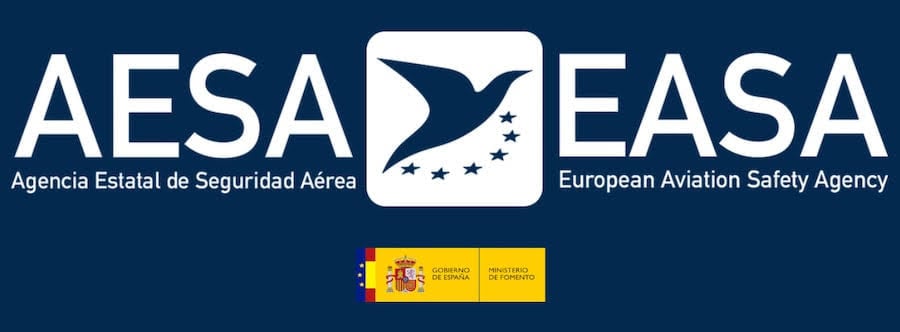Have you ever wondered how to land a plane when it’s foggy? What do pilots do to touch down successfully when there’s zero visibility?
As you can imagine, flight operations can be severely affected on foggy days. That’s where Low visibility procedures or LVP come into play. Nothing is left to improvisation in aviation. Everything is organised and planned out according to the highest safety requirements.
Although aeroplanes spend most of their time above clouds, there are moments, such as when taking off, approach and landing where this is not the case.
We explain below everything about procedures and instruments available to pilots to fly with zero visibility. But before we do so, you just have to watch this incredible video where a Boeing 777 carries out a spectacular landing under LVP procedures. Don’t miss it as the view from the cabin will take your breath away!




